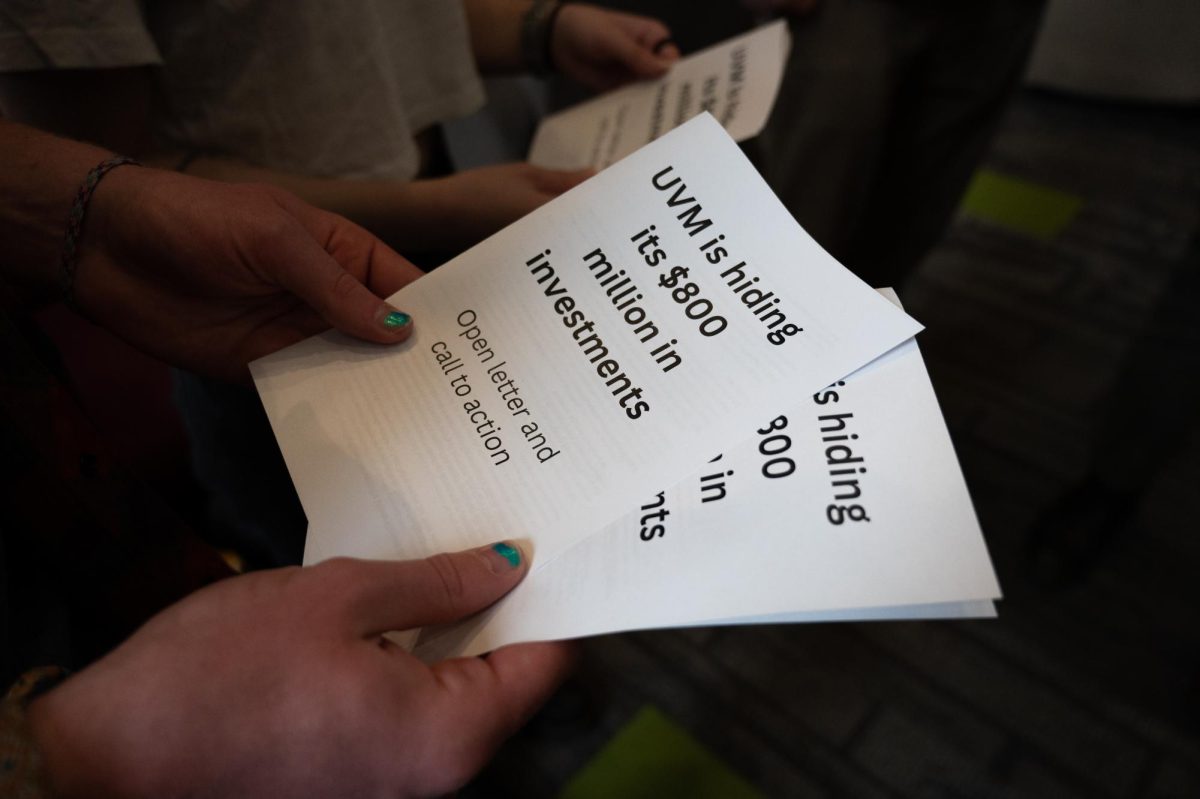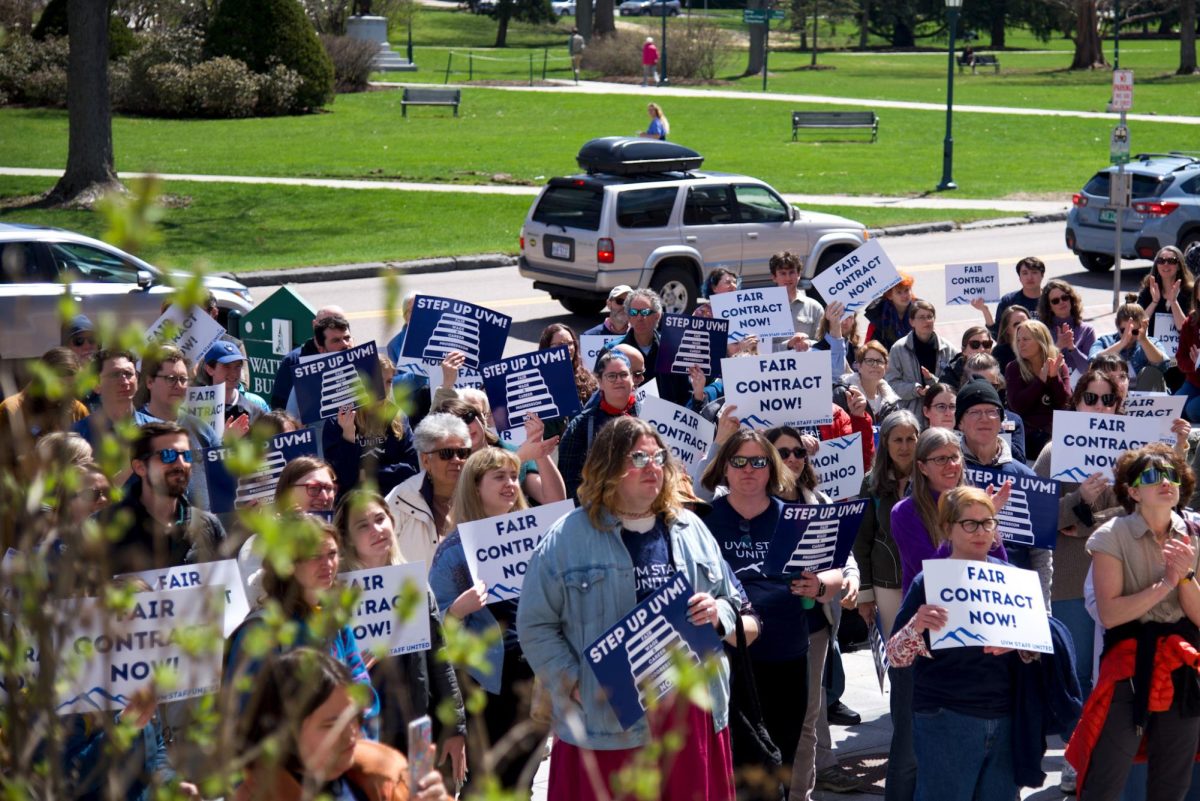The University of Vermont unveiled the latest installment to its high-speed computing center earlier this month, more than quadrupling the processing capacity of the University’s super-computer to 7.1 teraflops.
The Vermont Advanced Computing Center (VACC), with the help of Vermont Senator Patrick Leahy, received $1.7 million in appropriations from NASA to help the center become one of the most powerful super-computers in the region, Domenico Grasso, Dean of the College of Engineering and Mathematical Sciences, said.
The VACC has been under development since 2005 and has already received $2.5 million in funding from NASA with the help of Leahy. “The VACC is the direct result of Leahy’s advocacy on the part of the University,” Grasso said.
Grasso said that the computing center is a key component to elevating UVM’s status as a research university.
“The way I see it is that this is going to be one of the central features that is going to catapult us into being one of the top small research universities in the United States,” Grasso said.
“We are very close to being one of the top 500 most powerful computers in the world,” he added.
After the latest installment to the center upped the processing speed to 7.1 teraflops, the VACC can now process in one day what a typical desktop computer would take four years to complete.
“It is very powerful, especially for a school of our size,” Grasso said. “It has 1,400 processors, your desktop typically has one … So this would be like 1,400 of your desktop computers all tied together doing calculations.”
Grasso said that one of the most important functions of the computing center was its ability to make UVM competitive in attracting researchers.
“We’ve hired the best in the world, and we are continuing to hire the best in the world and they need major computational power,” Grasso said.
The tasks that the VACC is being used for are diverse. Researchers in mathematics, engineering, computer science, neuroscience and physics are all utilizing the center for various projects, according to a University press release.
“These are very, very cool things that we are working on,” Grasso said. “There is work that is being done in neuroscience and brain cognition that will involve complex mathematical calculations that could not be done without the help of the center.”
Grasso said that another group of researchers were using the computing-center to evaluate the “emotional state of the blogosphere” by looking at the emotions of individual blogs and then looking at relationships between them.
Dr. Josh Bongard, a computer science professor at UVM, is using the center to develop autonomous robots that think independently of human control.
In a recent interview with the BBC, Bongard discussed the applications of those robots in building renewable energy resources.
Chris Danforth, an assistant professor in the College of Engineering and Mathematical Sciences, is using the VACC to improve global weather prediction, according to the press release.
Danforth said that the center is “invaluable to me, to my students and to a better understanding of the complex world in which we live.”
















